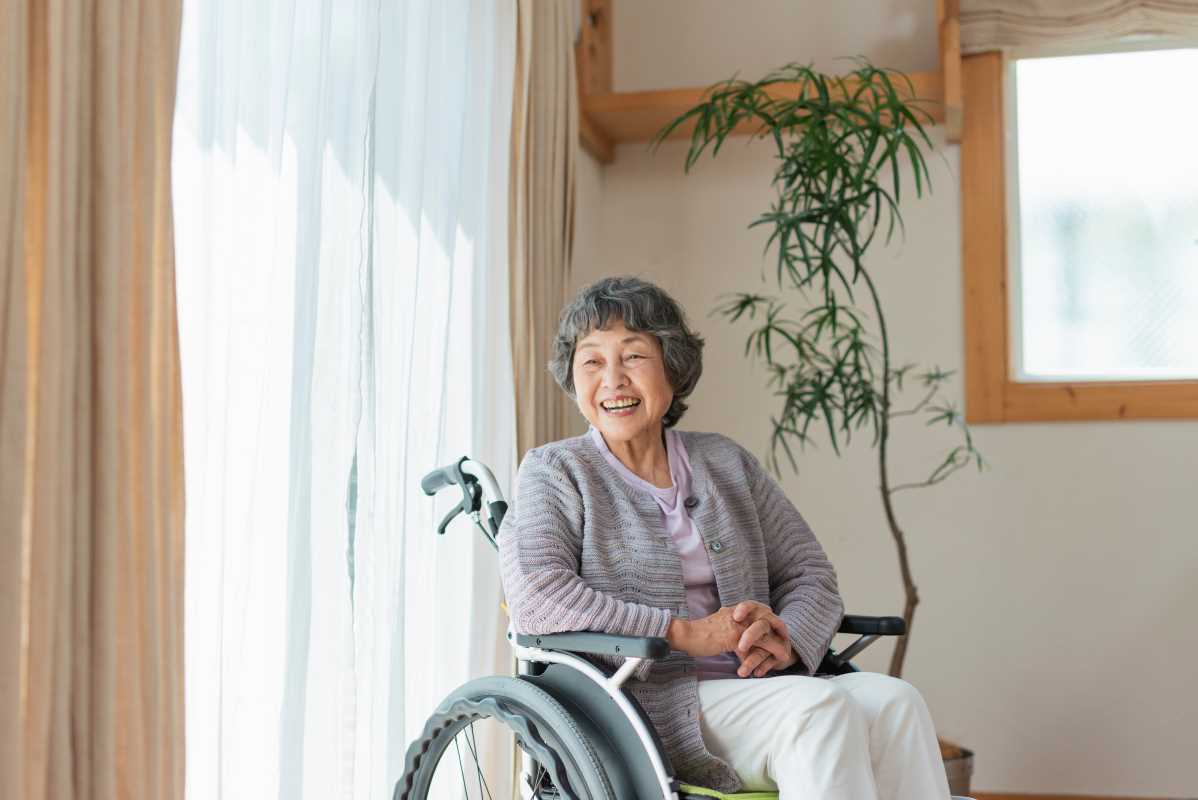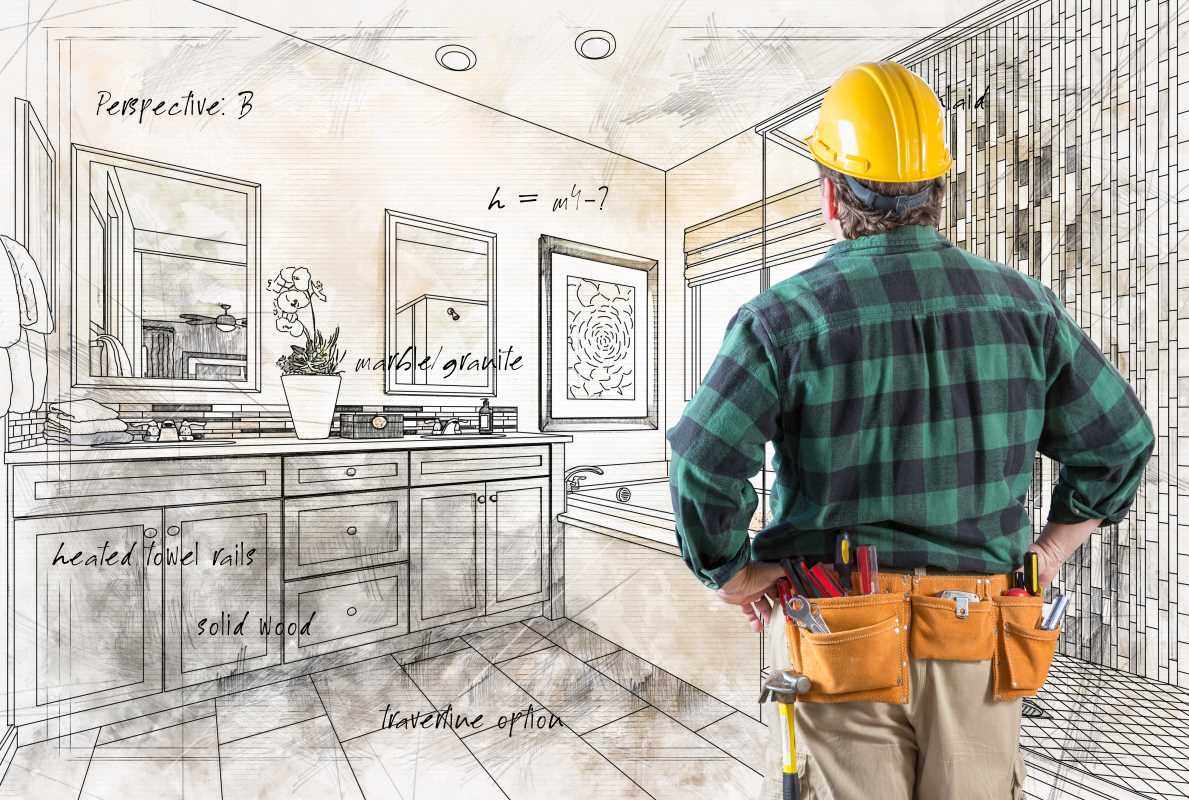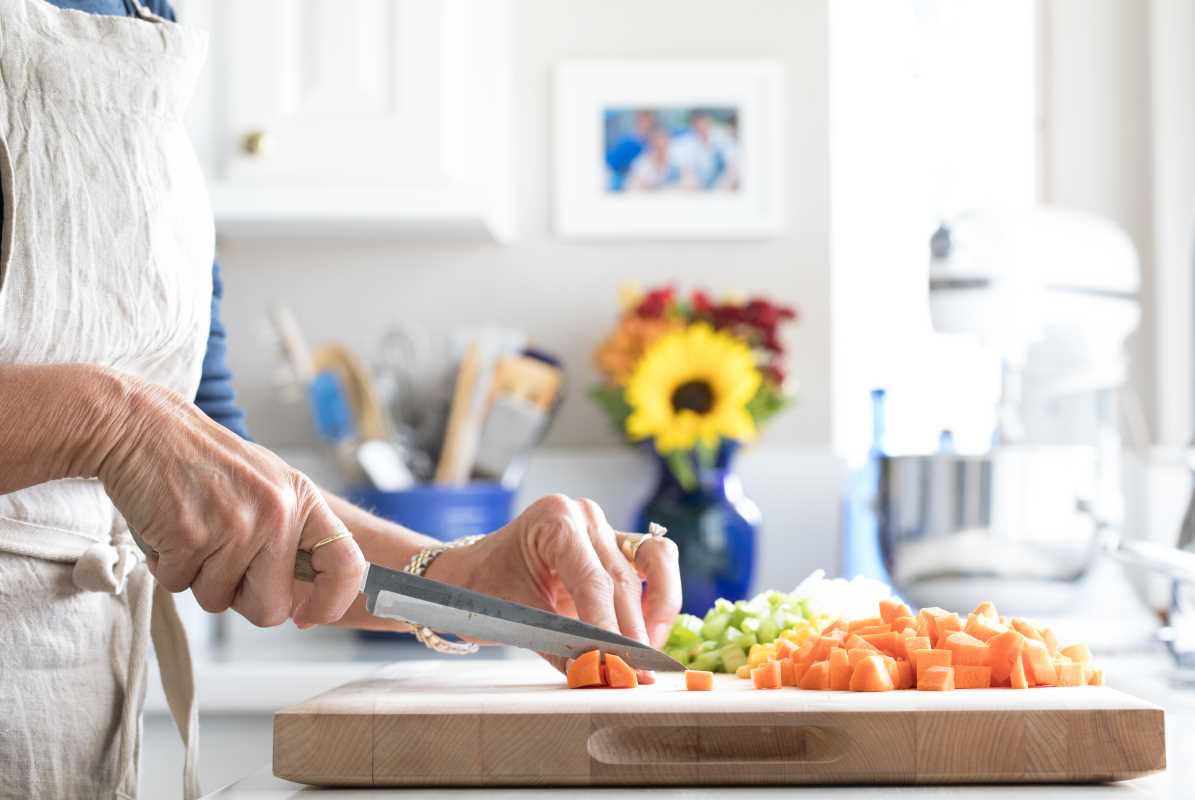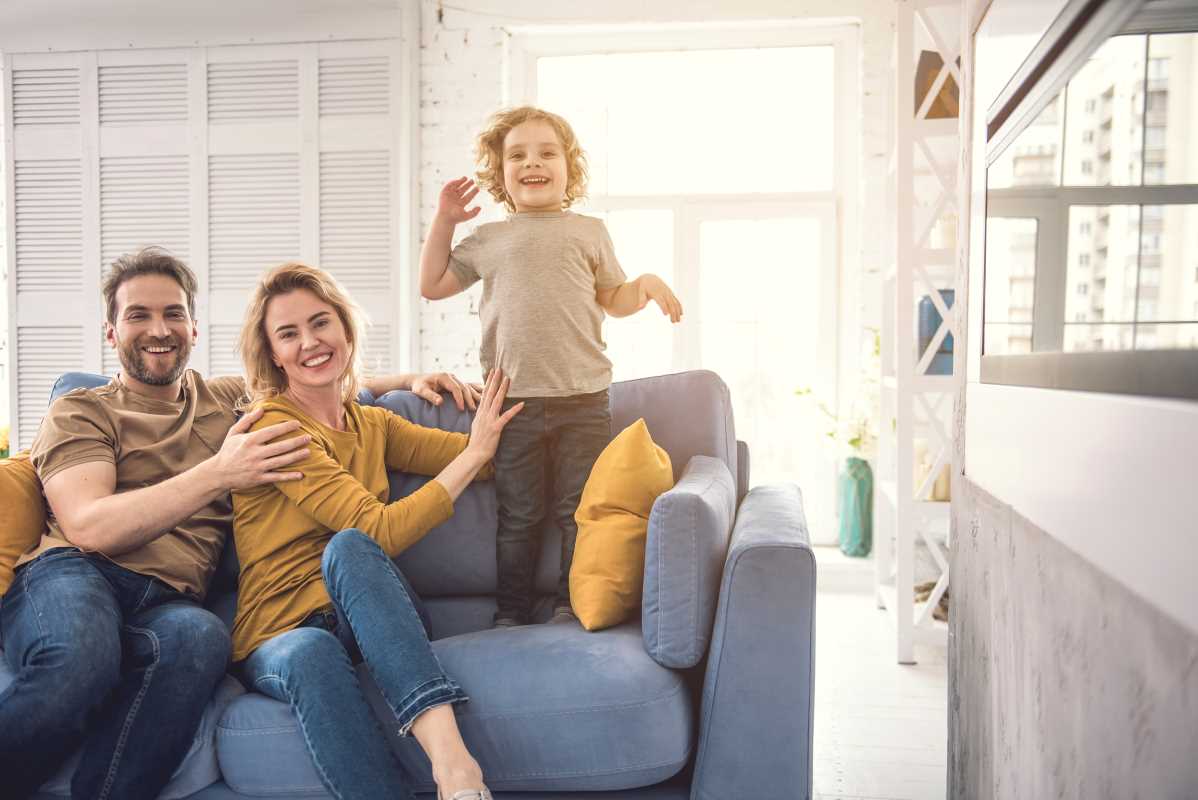As our parents age, their living needs often change. While many seniors want to maintain their independence, their living spaces may need adjustments to ensure safety, comfort, and mobility. Whether your aging parents live with you or in their own home, creating a senior-friendly environment can mean the difference between stress and peace of mind. It’s not just about making a space functional; it’s about helping your loved ones feel confident and secure in their daily lives.
Designing a senior-friendly living space doesn’t have to involve major renovations. Small, thoughtful changes can go a long way. This guide will break down practical tips to help you create a home that supports their changing needs while still feeling cozy and welcoming.
Prioritize Mobility
Mobility is a key factor when designing a senior-friendly home. Open, easy-to-navigate spaces are essential for older adults, especially for those using mobility aids like walkers or wheelchairs.
Clear Pathways
- Rearrange furniture to create wide, unobstructed walkways. Aim for at least 36 inches of clearance to accommodate wheelchairs and walkers.
- Get rid of clutter or unnecessary furniture that might limit movement or pose tripping hazards.
- Secure cords to walls or use cord organizers to ensure they don’t get caught underfoot.
Choose Mobility-Friendly Floors
- Avoid thick carpeting, which can get in the way of wheelchairs or walkers. Choose low-pile rugs or hard flooring like wood or vinyl instead.
- Use non-slip mats or floor coatings in areas like the kitchen and bathroom to reduce the risk of slips.
- Remove loose area rugs or secure them with non-slip backing to prevent accidental slips and trips.
Install Ramps or Lifts
If your home has stairs or entry thresholds, consider adding a ramp or stair lift. Even a single step can become a barrier for someone with limited mobility, so eliminating these obstacles creates a smoother, safer environment.
Add Safety Features
Safety is one of the most important aspects of a senior-friendly living space. By reducing risks at home, you can help prevent falls, injuries, or accidents.
Fall Prevention
- Install grab bars: Place grab bars in key areas, like next to the toilet, along hallways, and in the shower. These provide stability for unsteady moments.
- Improve lighting: Make sure every room and hallway is well-lit, especially at night. Place touch or motion-sensor lights near beds, hallways, and bathrooms for added convenience.
- Use sturdy furniture: Avoid unstable furniture that could tip over or fail if leaned on. Opt for chairs and sofas with strong armrests for easier sitting and standing.
Bathroom Safety
The bathroom is one of the most high-risk areas for falls. A few adjustments can make it much safer:
- Replace a standard tub with a walk-in shower or install a tub with a door for easier access.
- Add a non-slip bathmat or adhesive strips in the shower or tub.
- Install handheld showerheads and a shower chair for safer and more comfortable bathing.
Emergency Preparedness
- Place an easy-to-reach phone and emergency contacts list in every room. Consider wearable alert devices so help is always a button away.
- Install smoke and carbon monoxide detectors and check batteries regularly.
- Have a clear, accessible exit strategy in case of emergencies like fires.
Focus on Comfort
Seniors will spend a lot of time at home, so creating a space that’s physically and emotionally comfortable is essential.
Choose Supportive Seating
- Invest in chairs and sofas with firm cushions that make standing up easier. Avoid overly soft or sunken furniture that’s hard to get out of.
- Look for recliners with footrests and adjustable back support for added comfort during rest or relaxation.
Keep the Space Temperature-Friendly
- Older adults are more sensitive to extreme temperatures. Install fans, portable heaters, or air conditioners to maintain a comfortable and consistent temperature throughout the year.
- Add cozy blankets for chilly evenings and window coverings that block drafty air or harsh sunlight.
Create Relaxing Spaces
- Set up a quiet corner or reading nook with a comfortable chair, proper lighting, and a small table for books, glasses, or tea.
- Decorate the home with calming colors and personal touches like family photos or favorite artwork to make the space feel warm and inviting.
Adjust for Accessibility
Accessibility is key for seniors to feel both independent and safe in their space. Modify the home to reduce barriers and make daily activities easier.
Kitchen Adjustments
- Place frequently used items, like plates and mugs, on lower shelves or counters so seniors don’t need to stretch or climb to reach them.
- Invest in pull-out shelves or drawers for easier access.
- Use appliances with simple, easy-to-read controls and consider swapping knobs for levers, which are easier to grip.
Make the Bedroom Comfortable
- Choose a bed that’s at an appropriate height. Ideally, seniors should be able to sit on the edge of the bed with their feet flat on the ground.
- Use a sturdy nightstand with plenty of surface space for necessities like a glass of water, a lamp, and a phone.
- Consider adding adjustable bed rails if your parent has difficulty getting in and out of bed independently.
Entryways and Exits
- Ensure door thresholds are free of obstacles, like high step-ups. Install a ramp or zero-threshold entry if needed.
- Replace round doorknobs with lever handles, which are easier for arthritic hands to use.
- Add a bench or sturdy seat near the entrance for putting on or taking off shoes.
Engage Their Interests
More than just a functional space, a senior-friendly home should allow your parents to enjoy their favorite activities and hobbies.
Hobbies and Relaxation
- If your parent likes gardening, dedicate a spot indoors or in the yard for raised planters or potted plants.
- Create a designated crafting corner with storage for knitting, painting, or other creative supplies.
- For seniors who love watching TV or movies, design a home theater area with comfortable seating and easily accessible remotes.
Socializing
- Make seating arrangements in the living room or dining area social-friendly, with options that allow easy access and plenty of room for visitors.
- Include side tables or portable trays so refreshments and personal belongings are always within reach.
Keep It Stylish Yet Functional
Practical changes don’t have to make the home feel clinical. With thoughtful choices, you can maintain a stylish and inviting space that’s also functional.
Blend Safety Features with Design
- Choose decorative grab bars or lever handles that match the home decor. Many modern designs look like high-end fixtures rather than medical aids.
- Pick neutral or soothing colors for accessibility items like mats or ramps to help them fade into the overall design.
Avoid Overcrowding
Resist the urge to overfill the space with furniture or decor. A clean, open layout enhances accessibility and makes the room feel spacious and inviting.
 (Image via
(Image via





